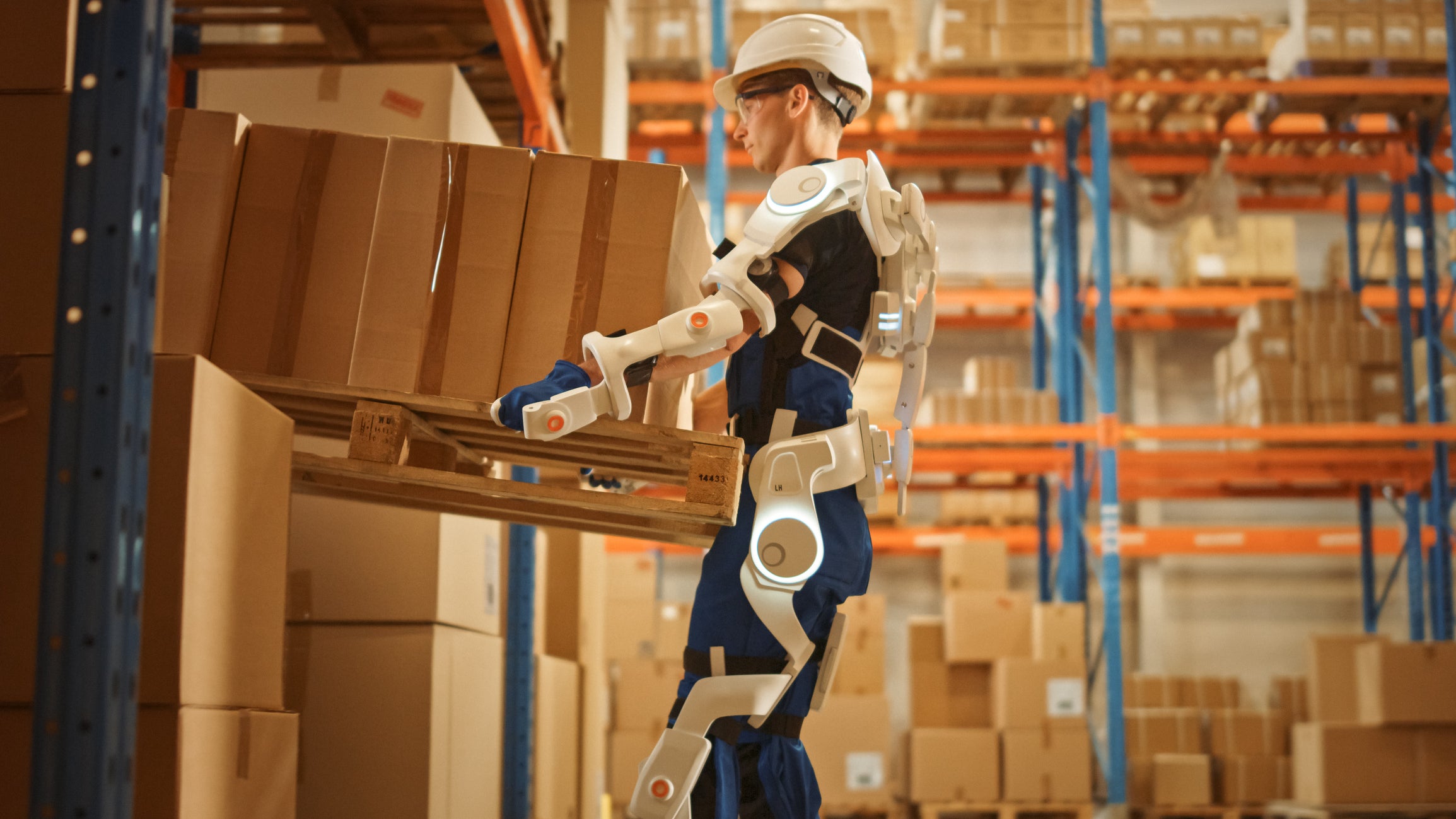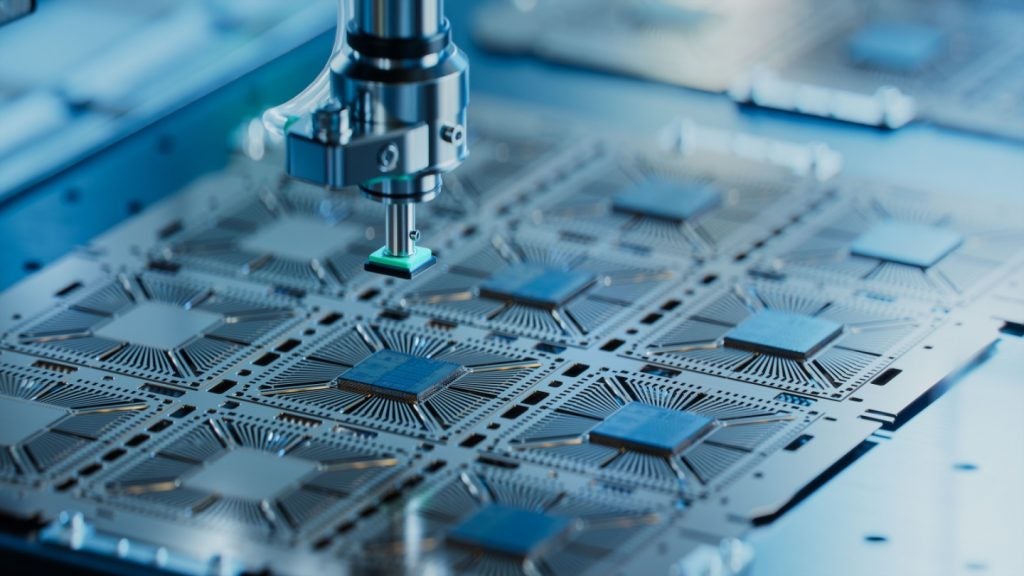
Exoskeletons will be the fastest growing area within robotics, predicted to grow at a 39% CAGR between 2022 and 2030, according to a new report by GlobalData.
The Thematic Intelligence: Robotics (2023) report explores the technological, economic, and demographic landscape of the robotics industry and considers likely future developments. It found that exoskeletons will be the fastest-growing area of robotics, followed by logistics.
Exoskeletons are wearable technology that provide additional strength and endurance to wearers, enhancing human performance. The report indicates that, currently, their potential appears to lie primarily in the medical, defence and manufacturing sectors, but other uses will become clearer as the exoskeleton and robotics fields advance.
It notes: “Additionally, the category is spreading to areas such as civil protection (for example, firefighting). Advances in brain-machine connectivity will impact the evolution of exoskeletons. The medical use case is the most developed. Robots can aid in recovery as well as assist with surgery.”
The report gives the example of Cyberdyne’s Hybrid Assistive Limb exoskeleton, which uses sensors to detect electrical signals and responds by assisting the patient’s joint movement. The device can assist patients who have suffered spinal cord injuries, strokes or other limb disorders, offering support in their rehabilitation.
Of the potential military uses for exoskeletons, report author Isabel Al-Dhahir commented: “Within defence, exoskeletons are being explored to provide soldiers with greater physical protection while allowing them to run faster and lift heavier things.”
How well do you really know your competitors?
Access the most comprehensive Company Profiles on the market, powered by GlobalData. Save hours of research. Gain competitive edge.

Thank you!
Your download email will arrive shortly
Not ready to buy yet? Download a free sample
We are confident about the unique quality of our Company Profiles. However, we want you to make the most beneficial decision for your business, so we offer a free sample that you can download by submitting the below form
By GlobalDataHowever, she also spoke on the conditions necessary for the market to grow: “The exoskeletal market is very young and is expected to see rapid growth over the next decade, however, this can only be realized by consistent funding. Advances in brain-machine connectivity are expected to further impact the evolution of exoskeletons and help drive the technology into a broader range of sectors and applications.”
More broadly, the report predicts that the robotics industry will be worth $218bn by 2030, up from $63bn in 2022.
It notes that disc-shaped vacuum cleaners are still the most popular consumer robots, as most robots remain a far cry from the dystopian humanoid images perpetuated by popular culture. Often robots are associated with dangerous levels of artificial intelligence, but humans and robots already coexist in several industries, performing repetitive and sometimes dangerous tasks.
AI will allow robots to access, process and collaborate on huge amounts of data, increasing productivity for the industries that invest in their potential uses. These uses may eventually include interpreting human emotions and reacting accordingly, as neuromorphic processing technology advances.




